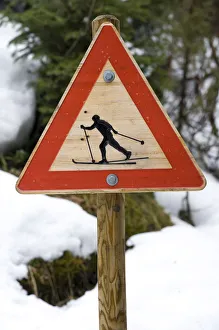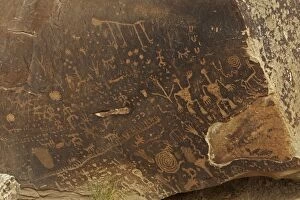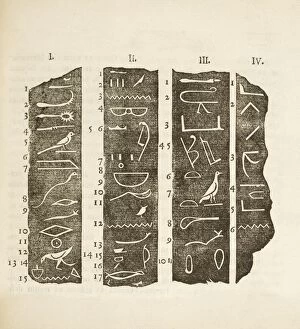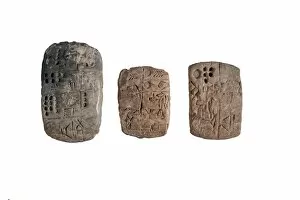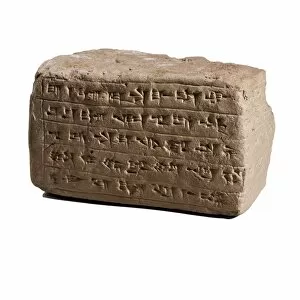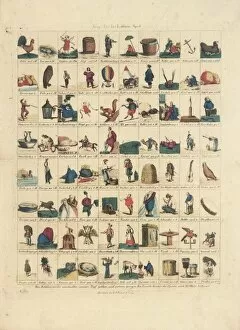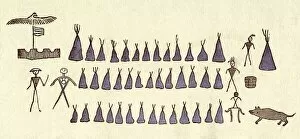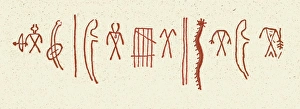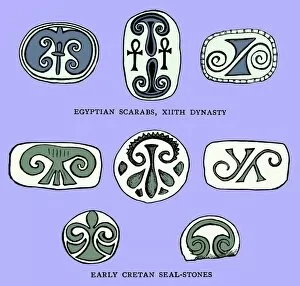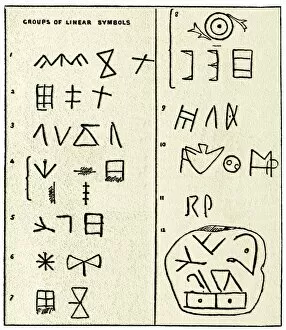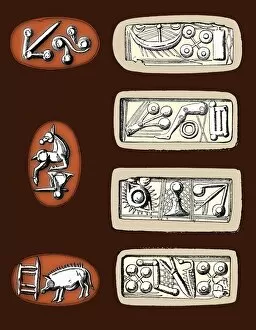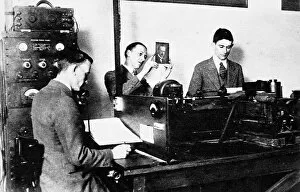Pictogram Collection (page 5)
"Pictogram: Unveiling the Universal Language of Symbols" From ancient cave paintings to modern-day flags
All Professionally Made to Order for Quick Shipping
"Pictogram: Unveiling the Universal Language of Symbols" From ancient cave paintings to modern-day flags, pictograms have been a powerful tool for communication throughout history. Take a journey through time as we explore the diverse and fascinating world of pictograms. Step into the Lascaux II cave painting replica C013 / 7378, where our ancestors left behind intricate drawings that tell stories of their lives. These primitive yet captivating images offer us a glimpse into their rich cultural heritage. In today's fast-paced world, warning signs play a crucial role in keeping us safe. The rail traffic sign serves as a reminder to be cautious and aware of our surroundings, emphasizing the importance of clear visual communication. Traveling further across continents, we encounter the winter count on buffalo robe (colour litho), an extraordinary Native American Indian picture writing system. Each symbol represents significant events or years, preserving their history for generations to come. Flags proudly wave high above nations, representing their identity and values. From the official national flag of the Holy See in Vatican City to Brunei Darussalam, Palau, and Monaco – these vibrant symbols embody unity and patriotism. But pictograms aren't limited to historical artifacts or national emblems; they can also bring joy and laughter. A comic pictogram verse on a greetings card or a Christmas and New Year card adds humor while conveying heartfelt messages with just one cleverly crafted image. As technology advanced during Victorian times, magic lantern slides became popular entertainment tools. Among them were picture puzzle slides that challenged viewers' minds while providing amusement—a testament to how pictures can engage both young and old alike. Pictograms transcend language barriers by speaking directly to our visual senses—an international language understood by all cultures. They remind us that sometimes words are not necessary when symbols can convey meaning effortlessly.

